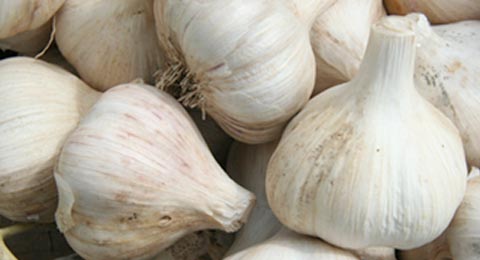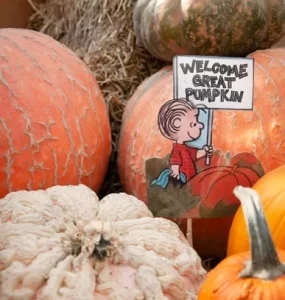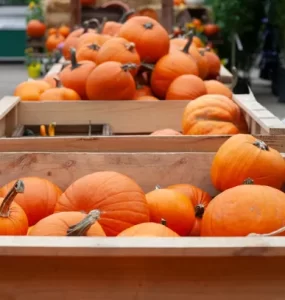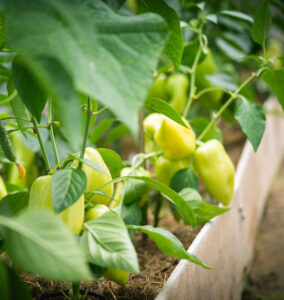Fall Garlic Planting Guide
by Rob Sproule
When it comes to superfoods, it’s hard to compete with the staggering health benefits of the humble garlic clove. It’s endured as a go-to cure-all for thousands of years, and now modern science is turning many of its anecdotal benefits into proven facts.
The only hard part about growing garlic is that it’s an exercise in patience. Cold-region gardeners (that’s definitely us) should plant in the fall for summer bounty.
Health Benefits
It would take a small book to cover all the reasons why our bodies (not including, perhaps, our noses) love garlic. Here are just a few of the most remarkable and proven.
Eating garlic in the winter months will bolster your immune system against the ever-threatening seasonal cold and flu. Reach for it at the first sign of cold, cough, or chest infection.
It’s brimming with Vitamin C and iodine. Studies have shown that its iodine content makes it an effective treatment for hyperthyroid conditions.
Garlic‘s sulphuric compounds make it a potent antibiotic. It treats everything from bacterial feminine infections to open wounds. If you caught shrapnel in WWI there’s a good chance your buddies would have crushed garlic on the wound to prevent infection.
It helps reduce cardiovascular disease by clearing aortic plague from the walls of your bodies veins. Men have also taken it for centuries, though its notably never been proven, to alleviate impotence.
Last but certainly not least, garlic is proven to help prevent or slow bladder, prostate, breast, colon, and stomach cancer tumour growth. It’s boasts potent levels of canner fighting vitamin B6.
Even with all these benefits, don’t consume more than 3 cloves a day (for adults) and less than 1 for children. You can overdose on garlic just like any other drug.
If you do eat a lot of it, and especially if you’re the only member of the household partaking, consider chewing on parsley sprigs after your meal. Your partner will thank you!
Fall Garlic Planting Guide
Growing your own garlic is well worth the required patience. Home-grown cloves not only taste much better than store bought, it’s also one of the top money saving crops you can grow.
Choose the largest bulbs (ie. fattest cloves) you can find in the fall from the Garden Centre. Like any other bulb, size matters. Avoid squishy bulbs or ones with any kind of mould or fungus.
The best time to plant is early October, which will give them time to establish a rudimentary root system before winter. Planting too early may give them time for sprouts to break the surface, sprouts that the winter winds will nip off and kill the bulb.
Break the garlic bulb into cloves and resist the temptation to peel them. Each clove will grow into its own bulb by the next year but it needs its protective papery covering to do so.
Choose an area of your garden with well-drained, sandy soil (garlic hates wet feet) and as much sun as possible. Make sure the area is weed free and mark it so you remember the cloves are there in the spring and don’t plant anything next to it; garlic hates competition and prefers to be alone.
Plant the cloves 6″-8″ apart, sprinkling a little bone-meal into each hole as you go. Dig the holes so that the tops of the cloves are about 2″ below the surface.
It’s a good idea to spread 3-4″ or clean, organic mulch over the site. Straw or cedar mulch work best to help insulate the bulb in case the winter turns frigid before an insulating snowfall.
After you plant, the waiting game begins! Spend the winter digging up recipes and ways to eat your stinky treats, which will be ready for harvest in the summer, once a few of the bottom leaves have died.
















